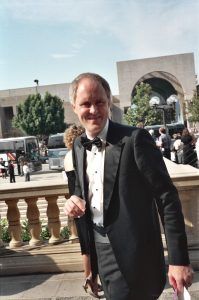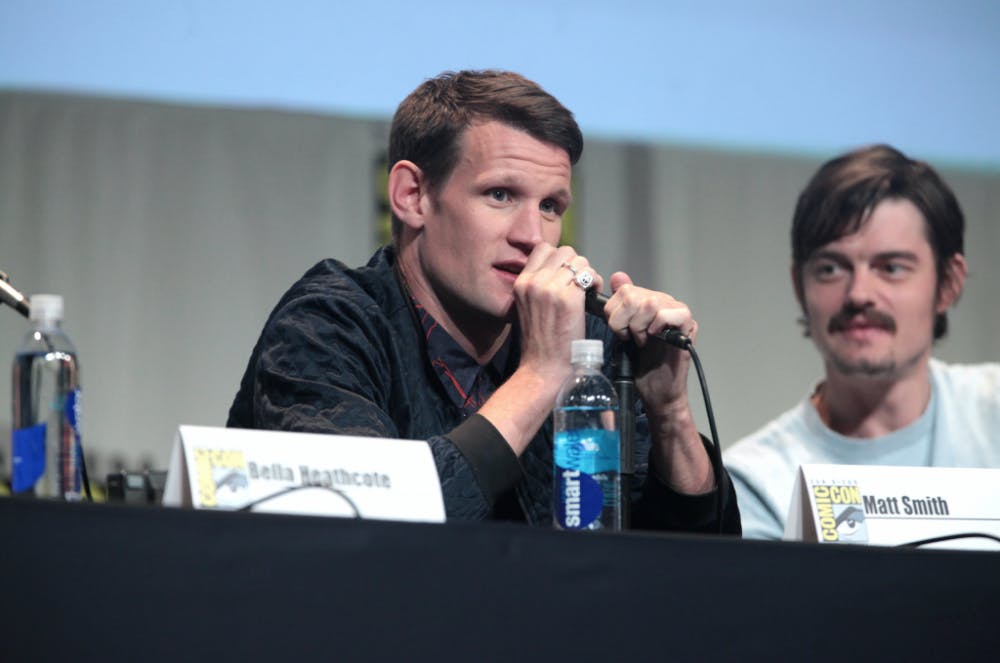If you’re like me, the first things that come to mind when you think of Queen Elizabeth might be her quirky hats, her beloved corgis or a dated, grandmotherly notion of tradition and formality. At first glance, the queen might not appear to be a particularly modern woman.
Yet, for the 20th century and by the royal family’s standards, she absolutely was. It’s also difficult to imagine her as a wife, mother or sister. It’s even difficult to envision her struggles with maintaining a healthy work-life balance, yet, just as many women are today, Queen Elizabeth was tasked with wearing many different hats.
By subtly exploring feminist themes and highlighting intriguing royal dramas that American audiences may be less familiar with, Netflix’s The Crown manages to make the story of Elizabeth’s ascension to the throne (due to George VI’s death) and the upheaval it caused in her family feel relevant.
What is striking from the first scene is the series’ insane production value. Netflix reportedly invested more than $100 million in the first season of the show alone. This went into their exact replication of the Queen’s wedding gown as well as into gorgeous set design and filming on location in a variety of locations including in South Africa and at Lancaster House, which is located near Buckingham Palace.
In terms of the quality of the content itself, Claire Foy, who up to this point had only done small stints on shows like Wolf Hall and Crossbones, gives a nuanced performance with depth as Queen Elizabeth.

Meanwhile, Doctor Who fans will be pleased to see the dashing Matt Smith (and his rear end) in the role of a young and witty Prince Philip, who is struggling to hold onto his traditional sense of masculinity while his wife holds so much power. Rounding out the cast, John Lithgow is a force to be reckoned with as a decaying but determined Winston Churchill.
The talents of the cast lend themselves to the script, making even its more soap opera-esque moments feel genuine.
Thanks to the writer, Peter Morgan, each character is portrayed in a manner that leaves things morally ambiguous enough that it feels almost impossible to choose sides or villainize any one person. Fans of Downton Abbey just might have found something to sate their appetite for a good dose of scandal and political intrigue among members of the British aristocracy.
Episode eight, “Pride & Joy,” is one of the highlights of the season. It exposes the fact that while it is easy to gloss over the members of the monarchy’s responsibilities as easy, Elizabeth and Philip were asked to sacrifice a lot in order to serve as the faces of their country.
While at first glance, their grand tour of the British Commonwealth appears glamorous, it was incredibly arduous. The weight of preserving healthy relationships with these foreign states rested on their shoulders, not to mention the fact that the tour amounted to months spent away from their young children, Charles and Anne.
In each location, they had to go through the same motions, smiling and waving at the crowds and making speeches as though they hadn’t just done the exact same thing 24 hours before, miles away.
At one particularly stirring point in “Pride & Joy,” Elizabeth is in so much pain from smiling that she has to have a muscle relaxer injected into her cheeks. It is at this point that the brewing conflict between Elizabeth and Philip truly reaches its climax as well, as she is exhausted by his constant complaints regarding their travels. He knows her deepest insecurities well enough (such as her inferiority complex in relation to her sister) that he can drudge up what remains to have the power to trigger a human rather than a stoic royal response.
Interestingly, there are many references and connections to the royal family’s more recent history in the series. One example is the question of whether or not members of the royal family should be able to marry divorced persons.
The first time this issue was raised, King Edward VIII abdicated the throne, giving up his title and wealth in order to marry Wallis Simpson. In 1953, Princess Margaret, the Queen’s sister, and her divorced lover Peter Townsend announced their desire to marry.
However, with the abdication still an open wound in the monarchy, they were denied unless she too gave up her title and inheritance. Thus, it is no surprise that Camilla Parker Bowles was seen as an unfit match for Prince Charles, which led to his marriage (and subsequent divorce) to one of the most beloved royals of modern times, Princess Diana.
Just this month, to the shock of many, Prince Harry released an official statement confirming his relationship with the divorced American actress Meghan Markle.
A statement from the Palace states: “Prince Harry is worried about Ms. Markle’s safety and is deeply disappointed that he has not been able to protect her. It is not right that a few months into a relationship with him that Ms. Markle should be subjected to such a storm. He knows commentators will say this is ‘the price she has to pay’ and that ‘this is all part of the game.’ He strongly disagrees. This is not a game — it is her life and his.”
Even more surprisingly, his brother, Prince William, publicly defended Harry’s decision to go public with his romance and support his girlfriend. One has to wonder if this means that the barrier to a royal marrying a divorcée is soon to be lifted.
There is currently much debate regarding whether or not Queen Elizabeth herself has watched the show and whether or not she approves. Some have speculated that she consciously preferred details regarding her life as queen to be sparse and thus was disappointed that the series delved so deeply into her personal life — potentially so much so that she wishes to shut down the production of the second season.
Other reports claim that it is simply the fraught creative relationship between Claire Foy and writer Peter Morgan that has halted filming instead.
Netflix still maintains that it is planning on producing six seasons of the show, which will follow the story of Queen Elizabeth’s reign through to present times, the current cast aging out of their roles after the next season.
Fans of The Crown are already anxiously anticipating a release date for new episodes, which promise to expose more of the tension in Queen Elizabeth’s relationship with Philip, more political intrigue and the fallout due to her sister Margaret’s inability to marry her lover.





